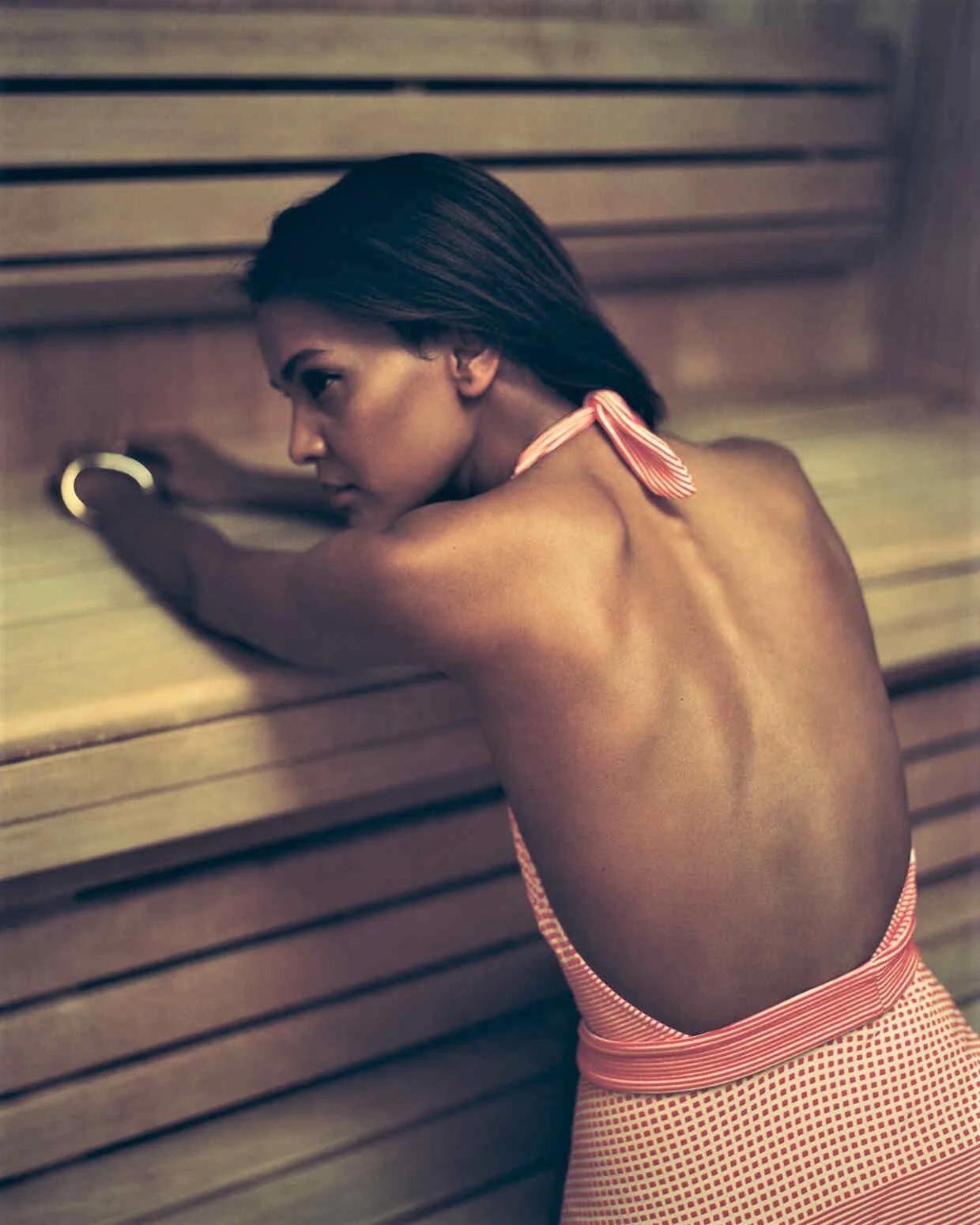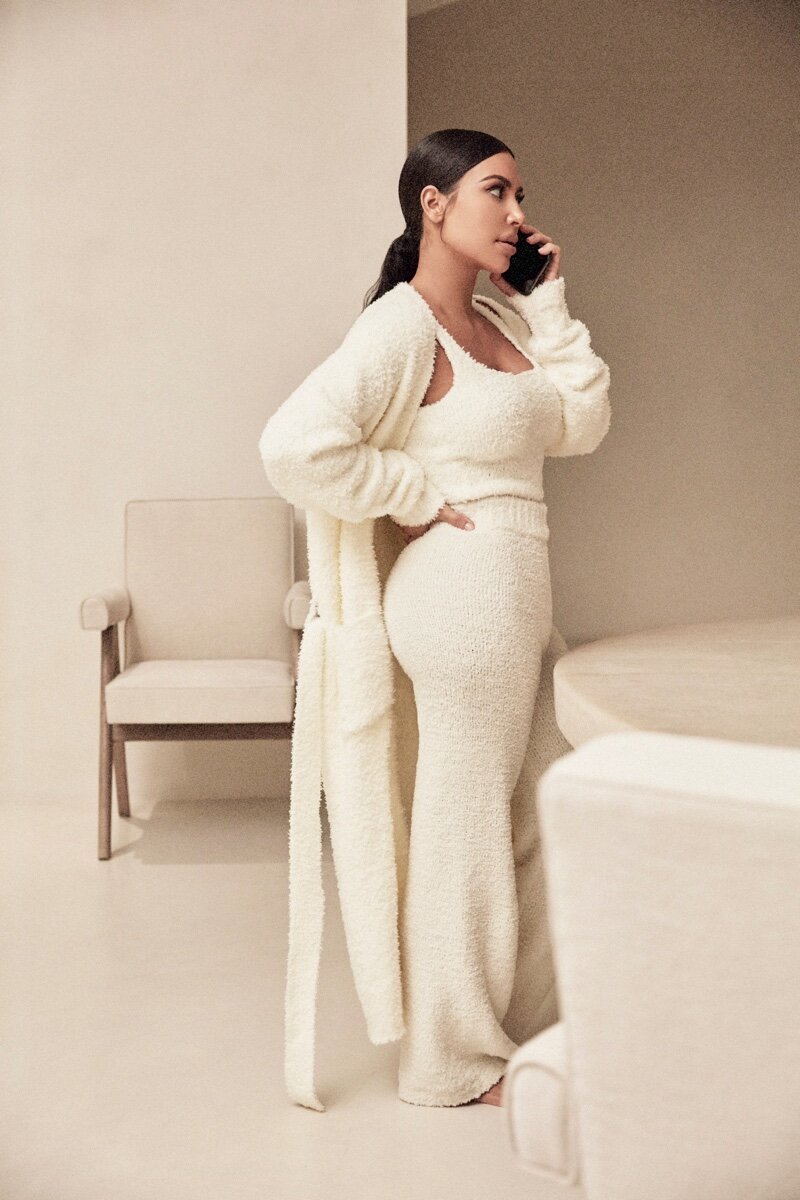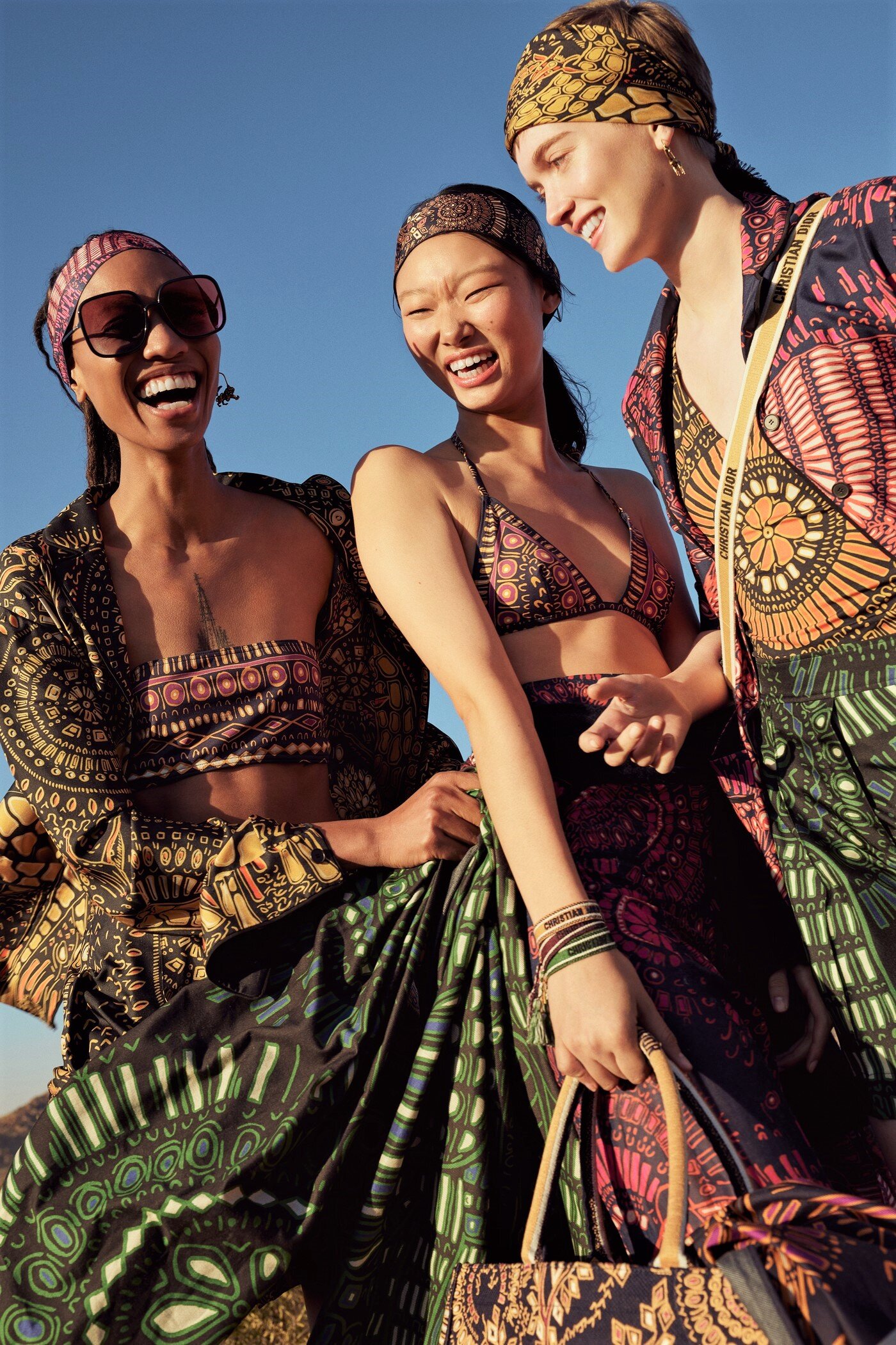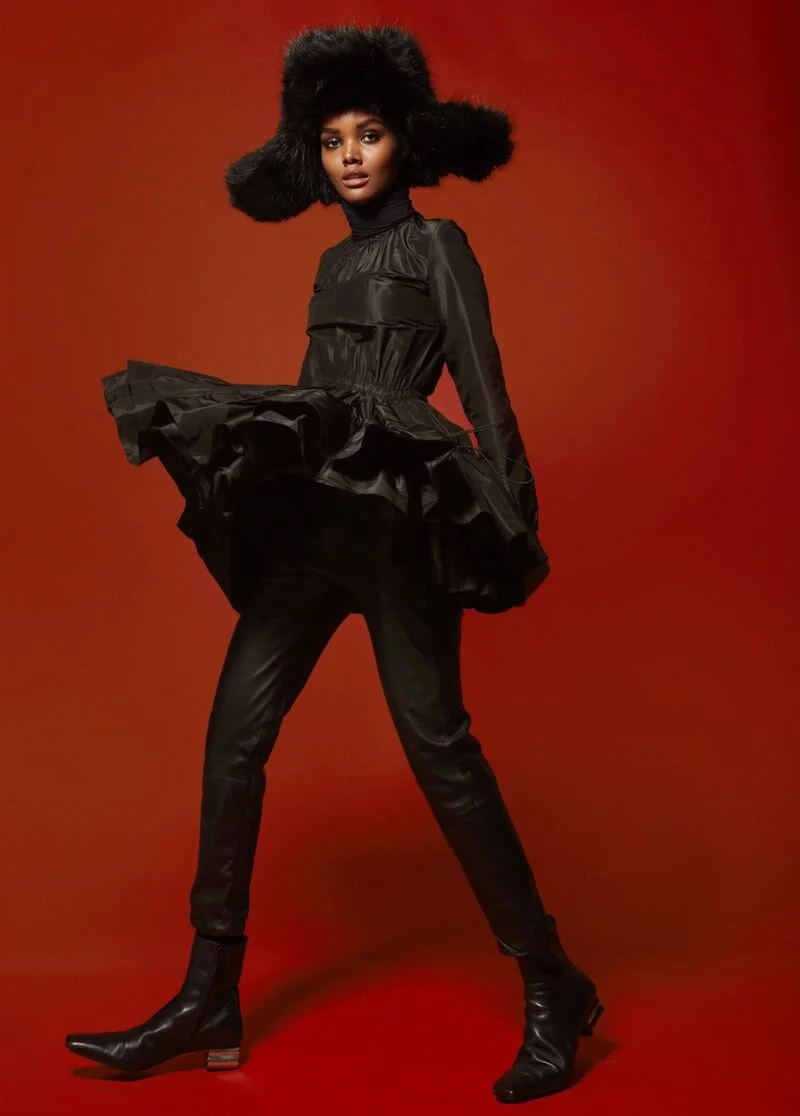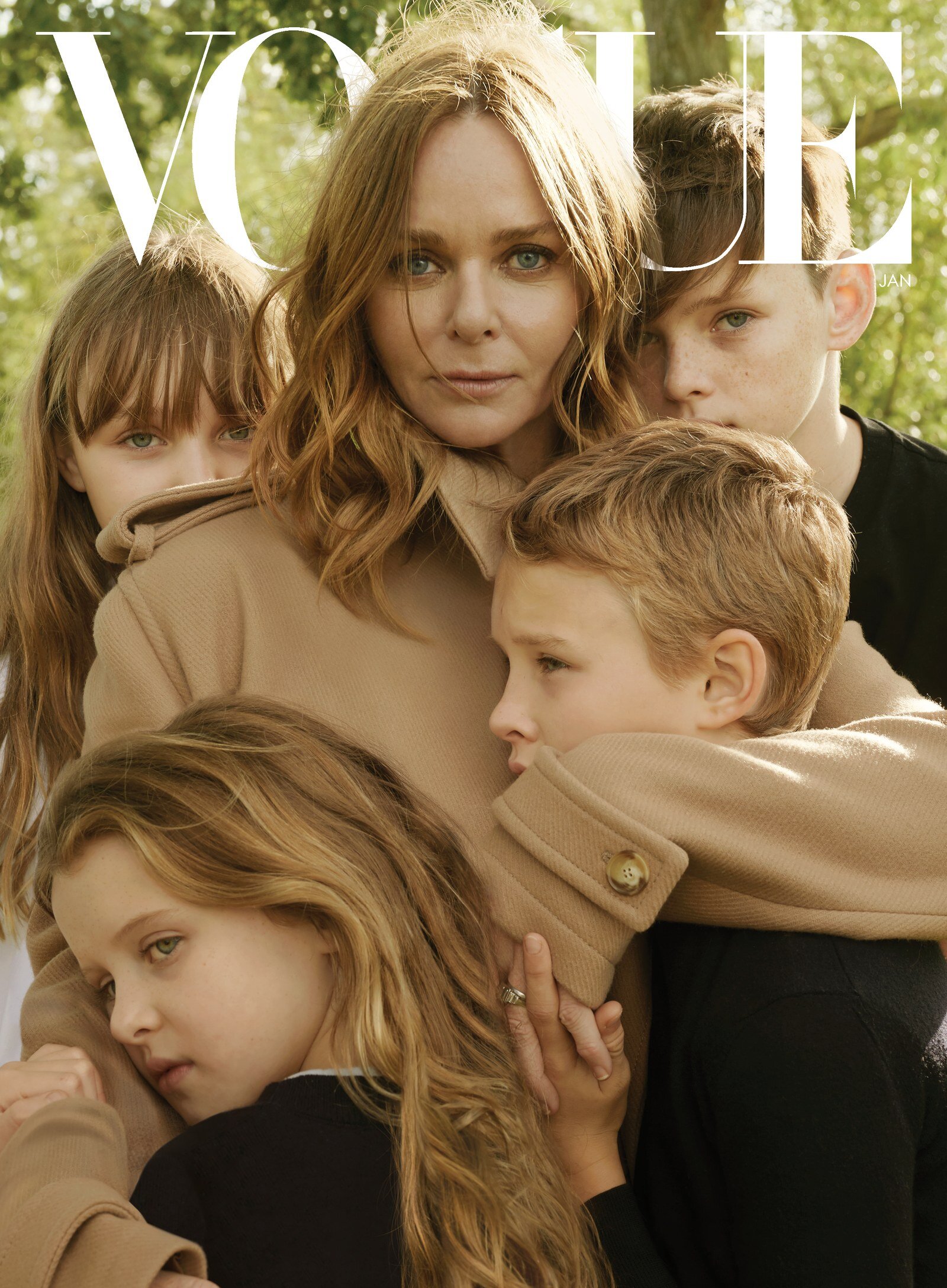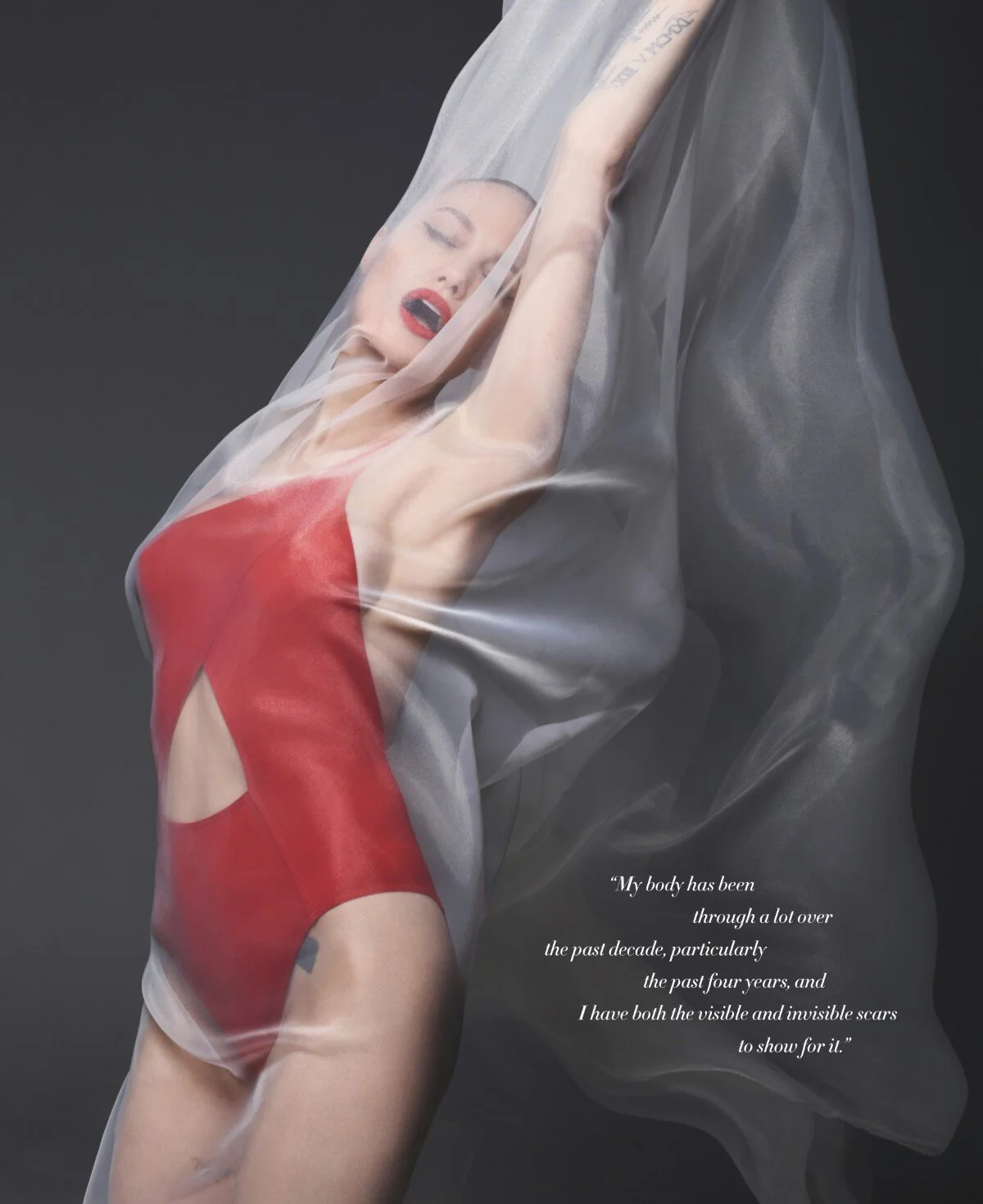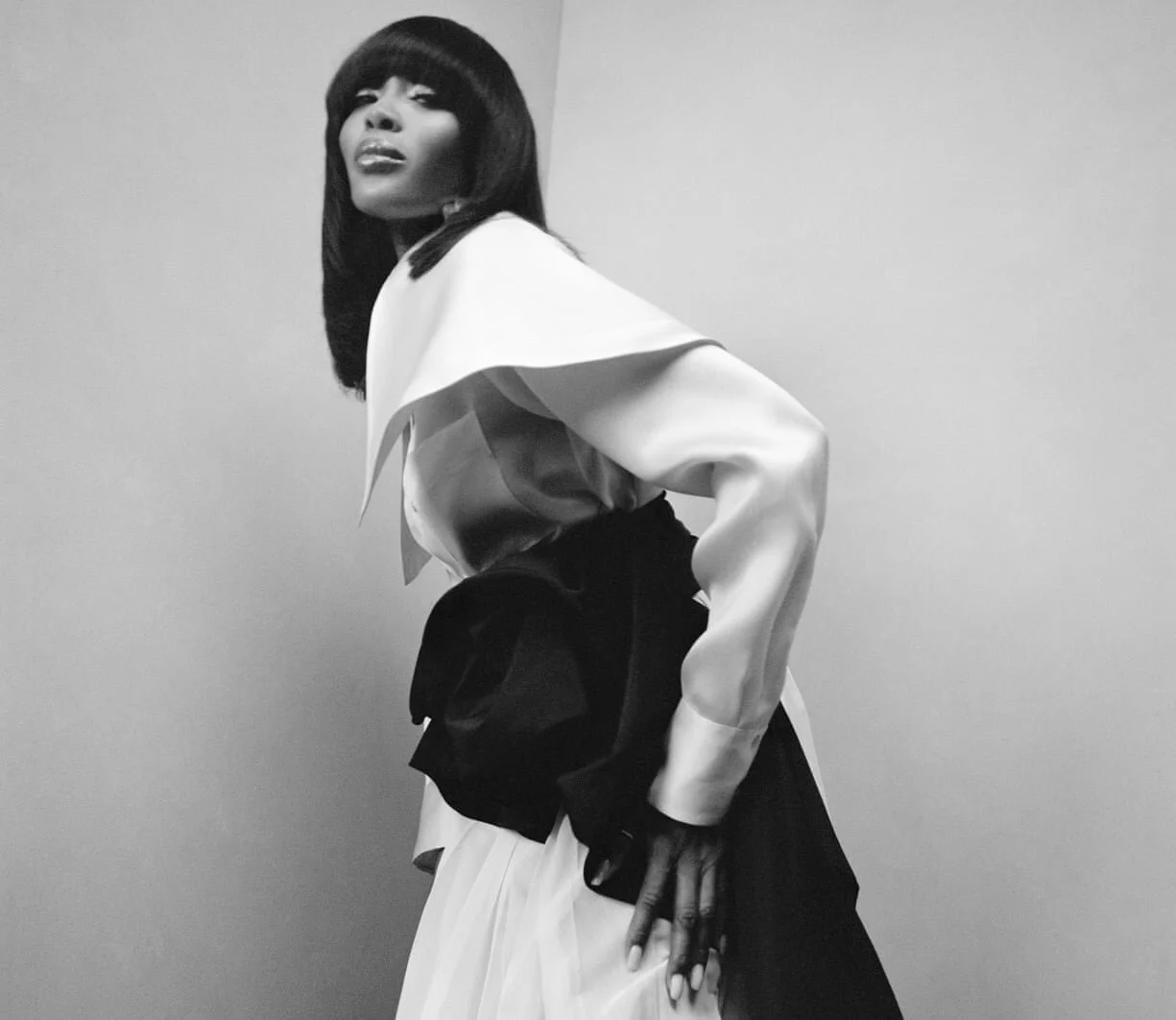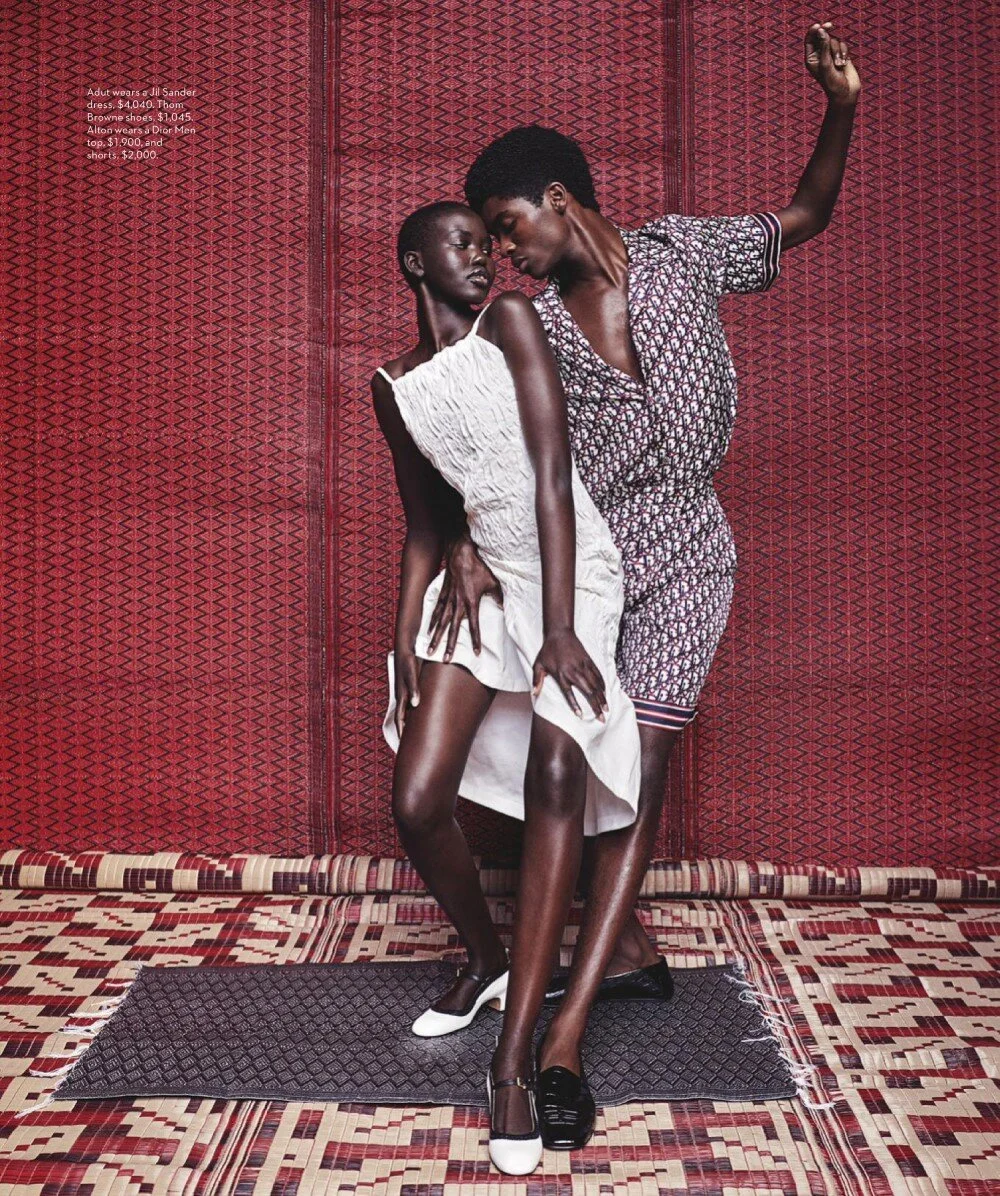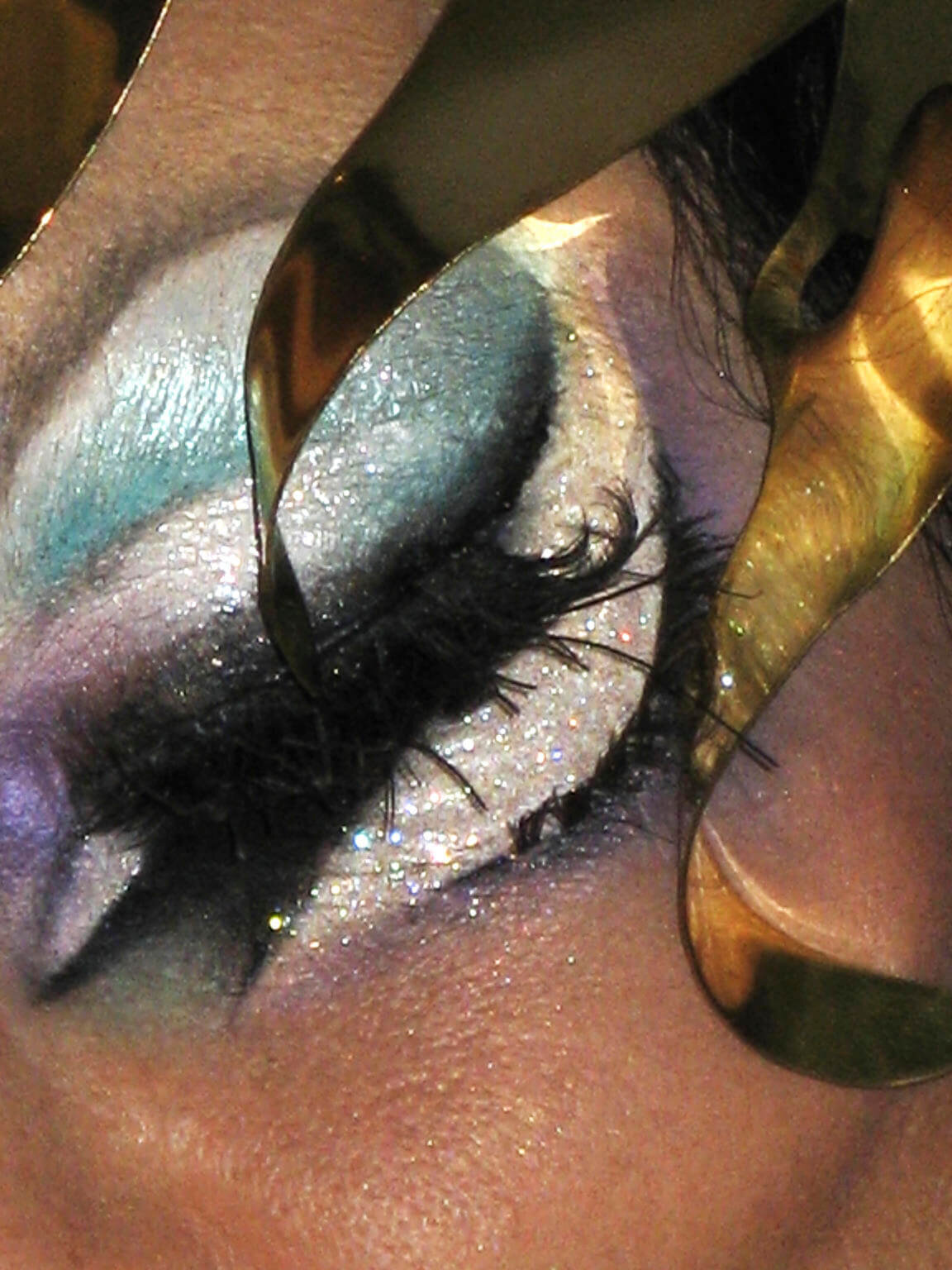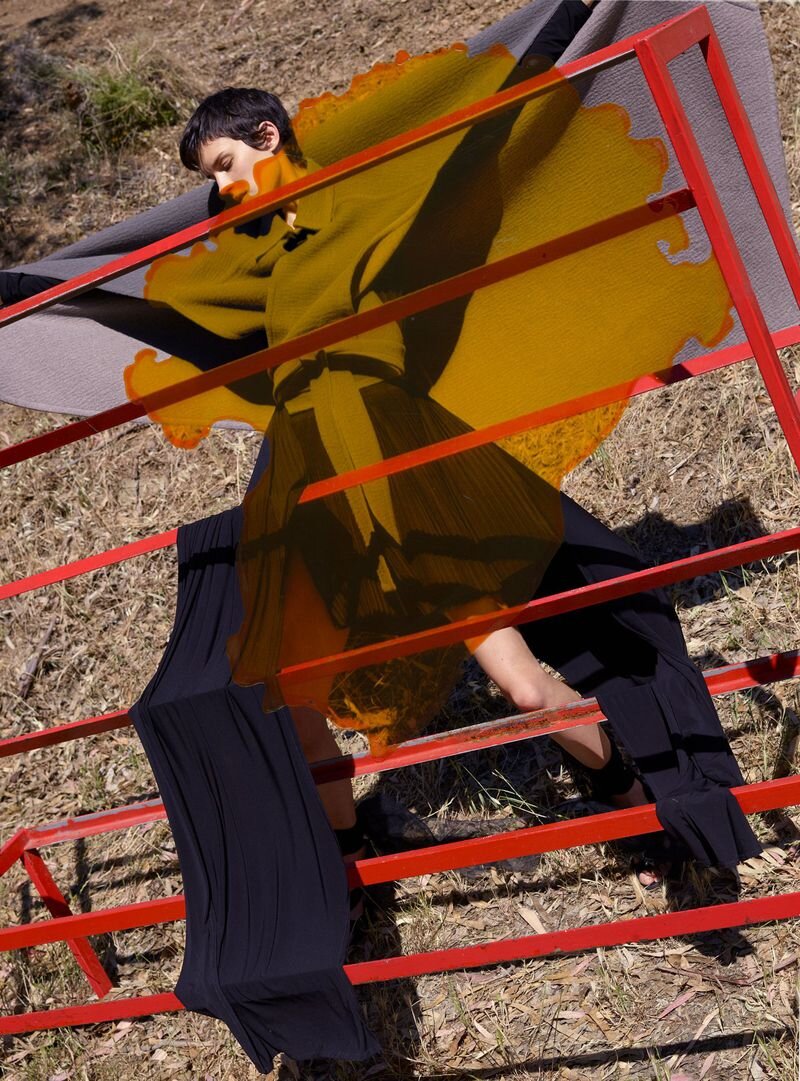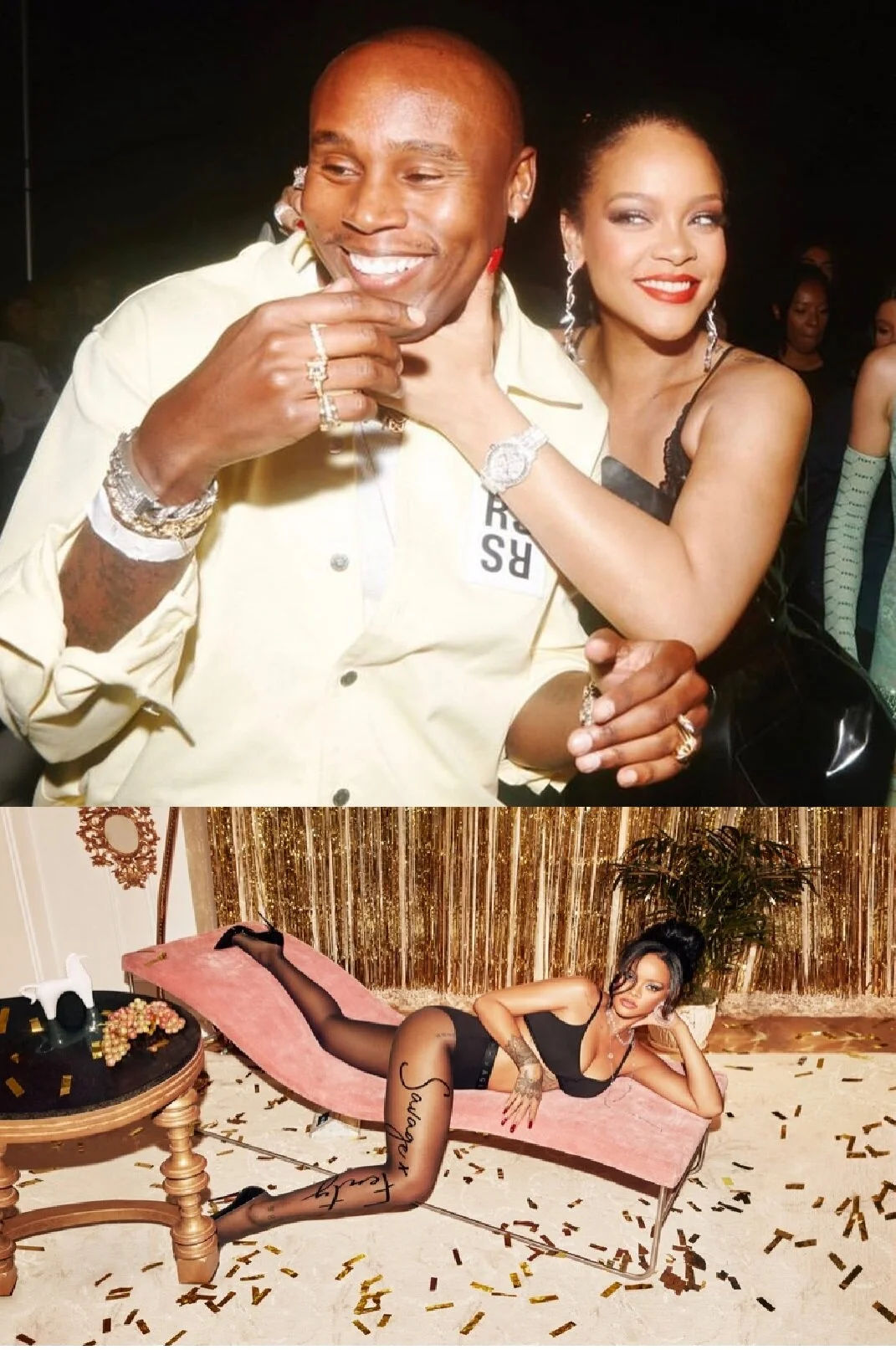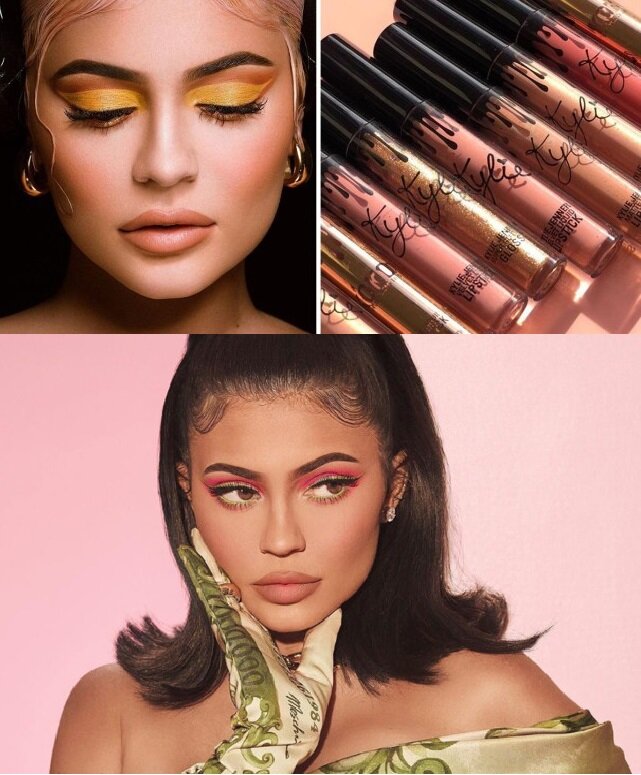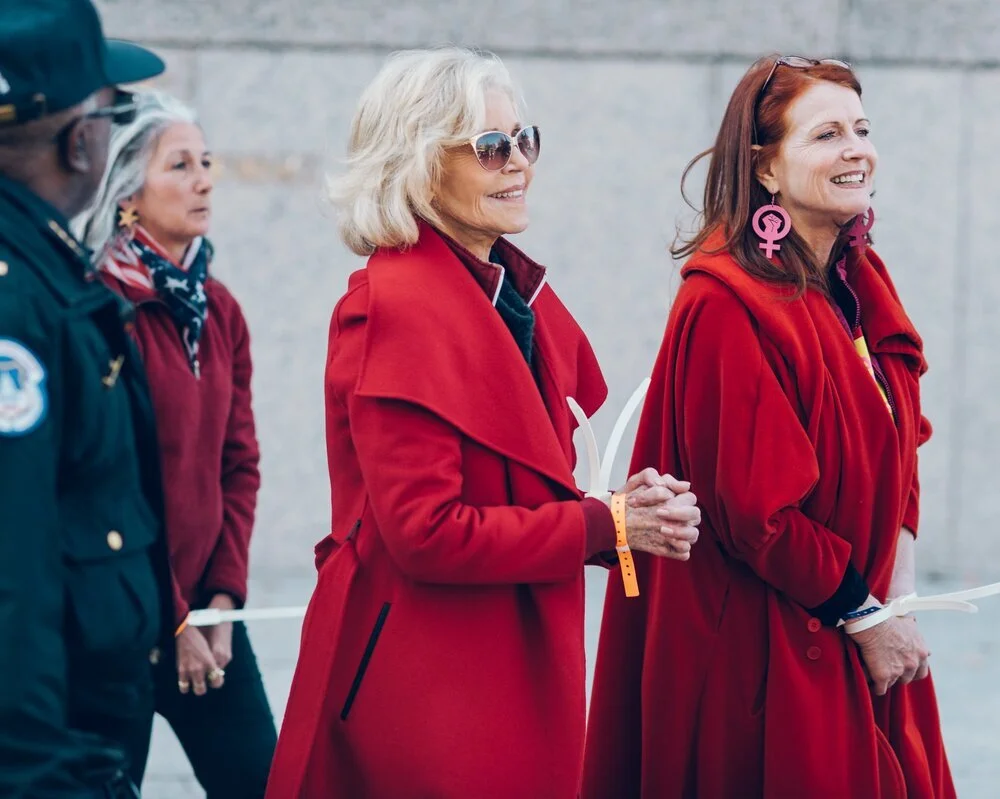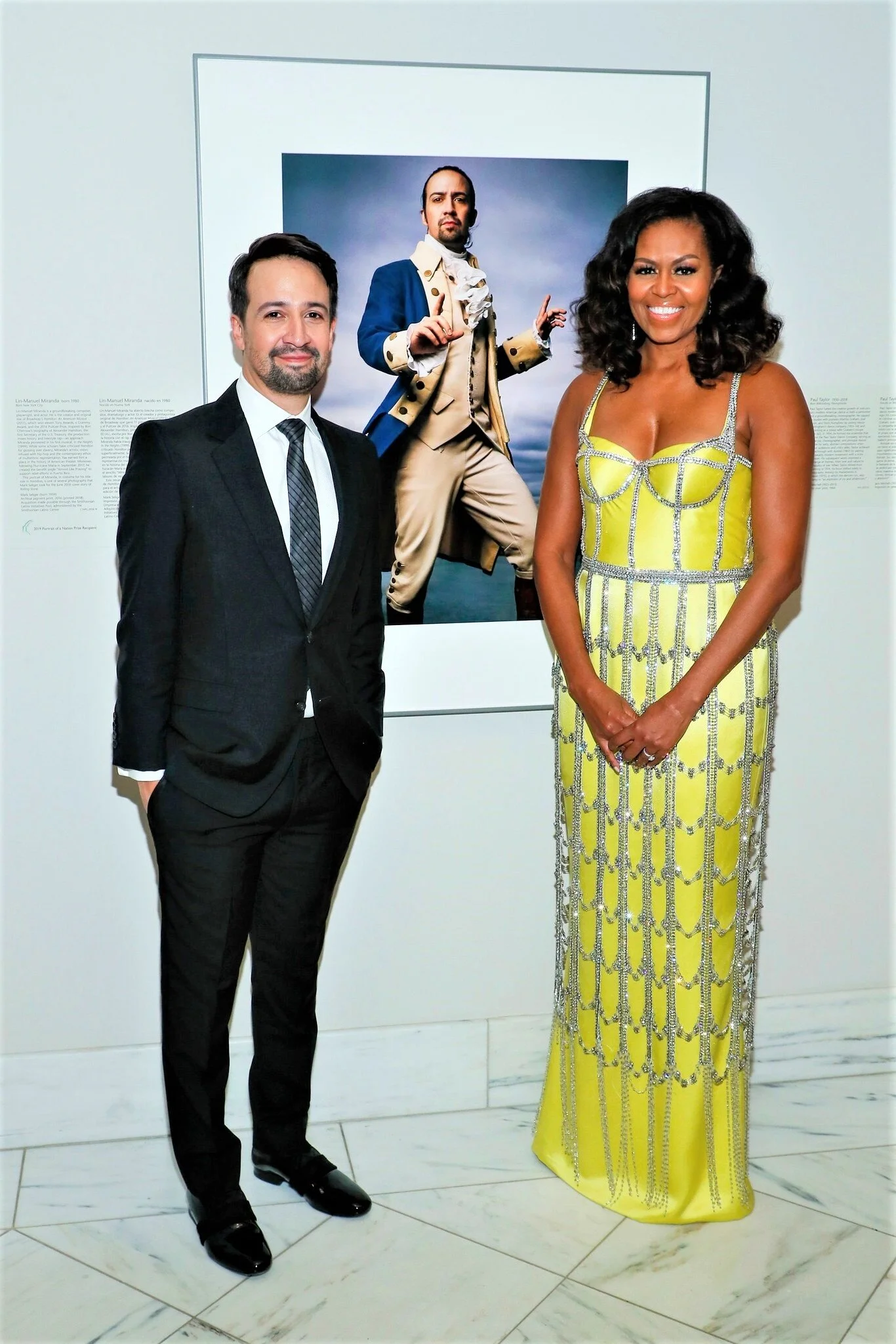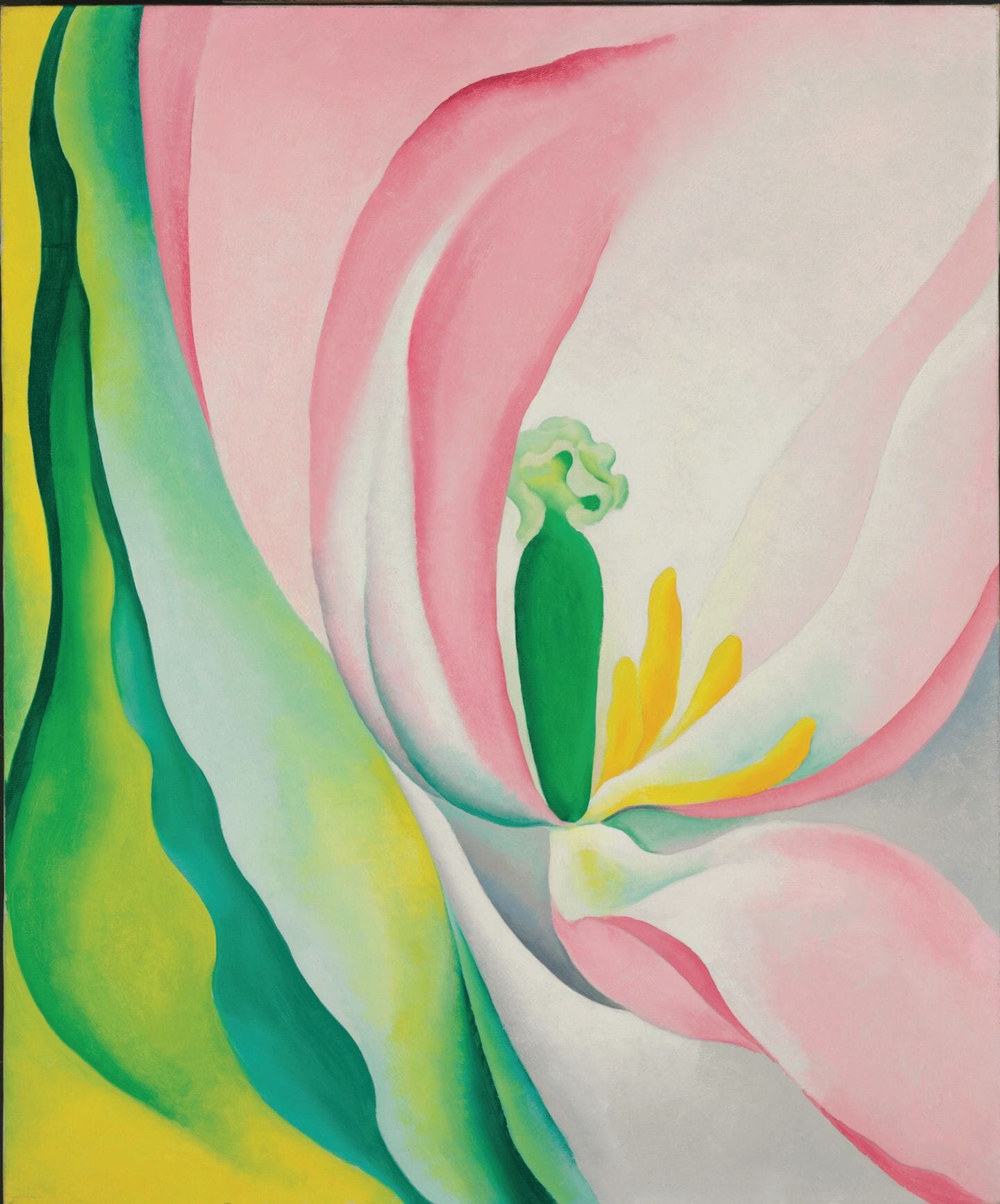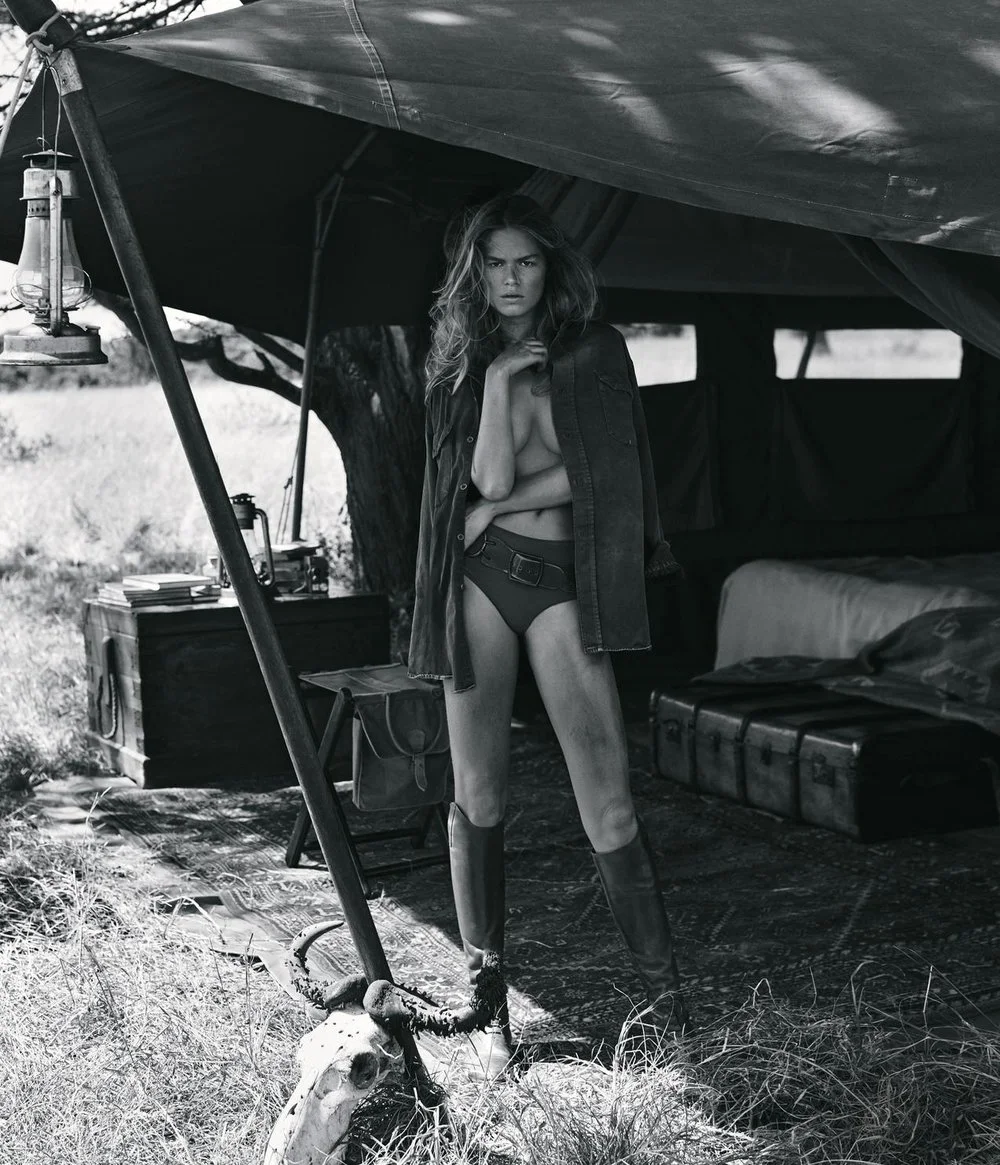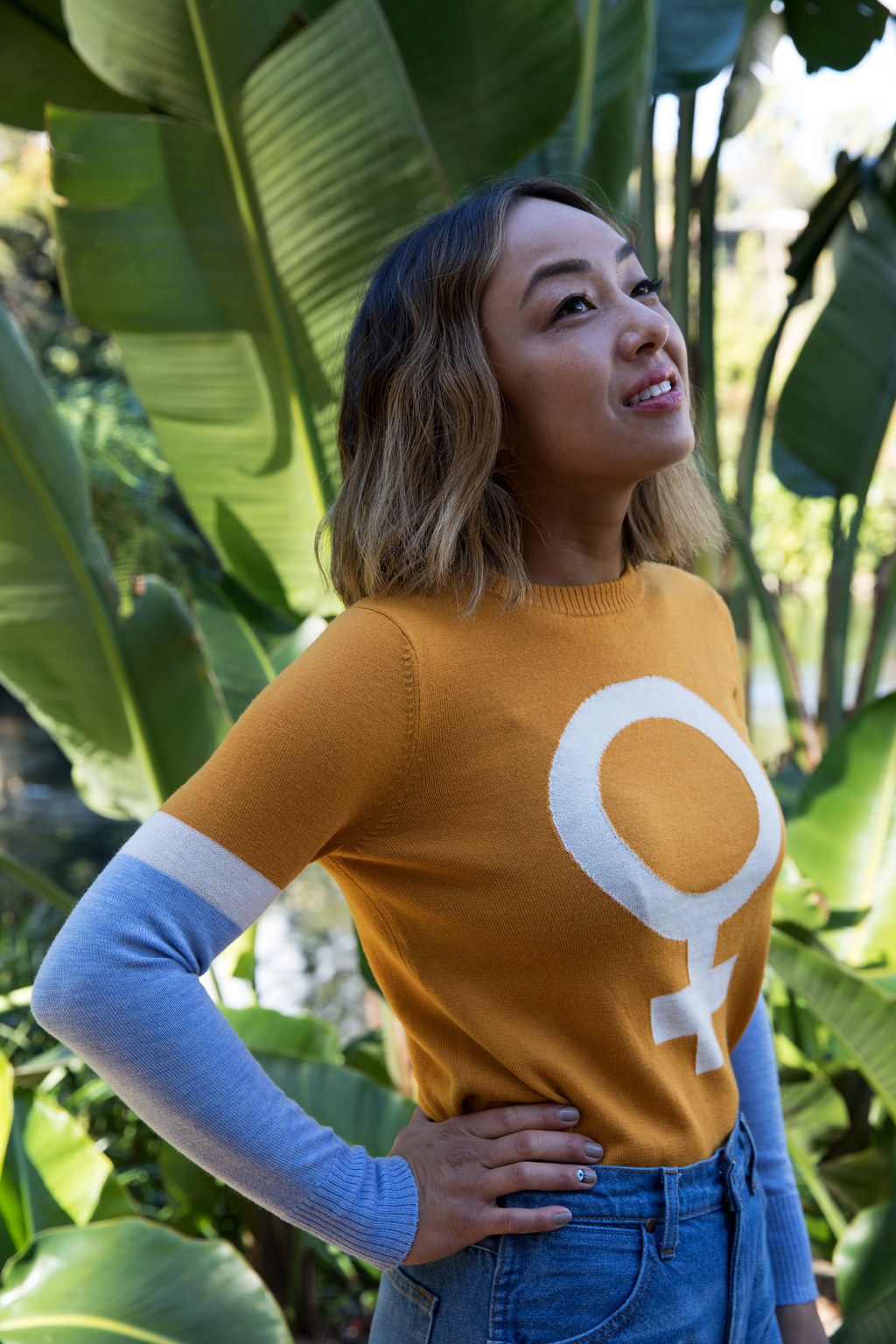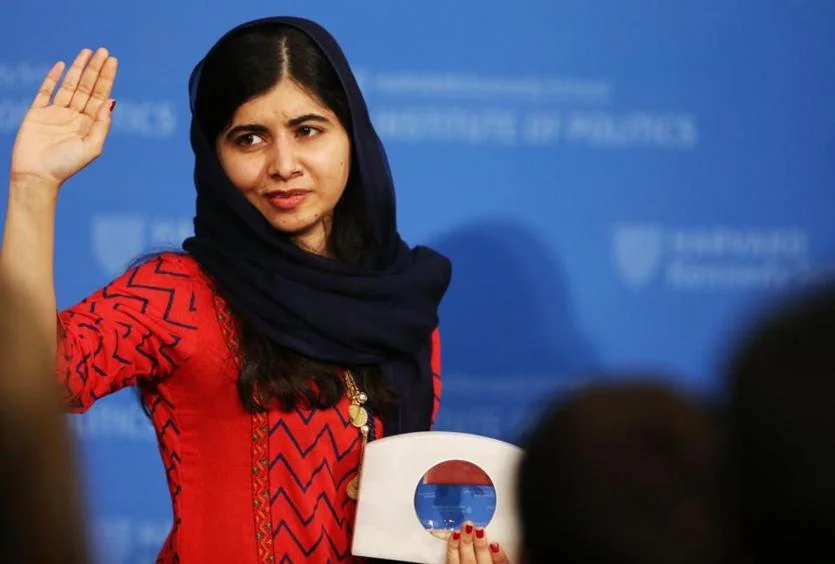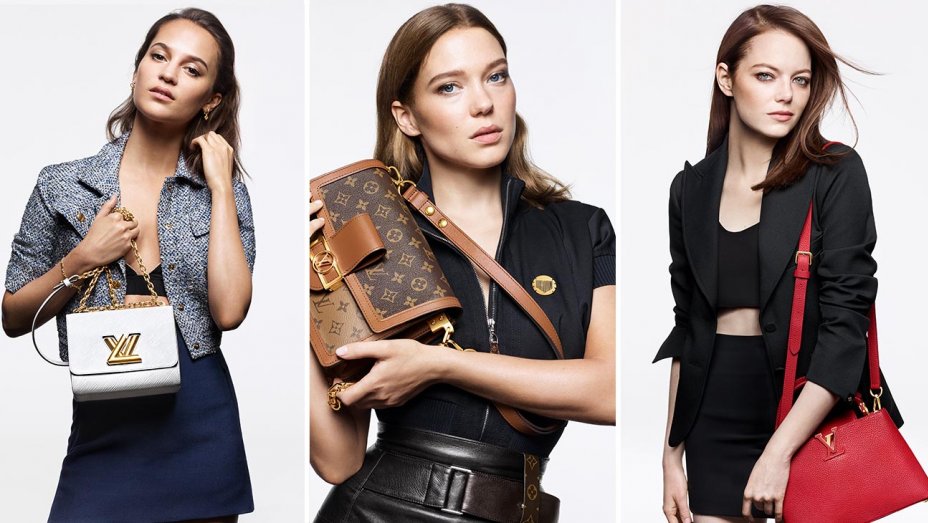Redtracker | France's Burqa Ban Becomes Law Subject To Judicial Review
/![]()
Harsh Yet Restrained Response to France’s Burqa Ban From World Leaders
 1. Fashion makes for strange bedfellows. Islam’s leaders in Indonesia, Malaysia and India had harsh but contained words for France’s final move to ban burqas this week. Approved by parliamentary procedures, the new law awaits judicial review.
1. Fashion makes for strange bedfellows. Islam’s leaders in Indonesia, Malaysia and India had harsh but contained words for France’s final move to ban burqas this week. Approved by parliamentary procedures, the new law awaits judicial review.
We juxtapose the words of Islamic leaders against a rather controversial (to Western eyes) Harper’s Bazaar Indonesia Aug. 2010 fashion editorial. Without a doubt, style and culture are controversial in Indonesia, too. Perhaps it’s a commentary on the alleged decadence of Western parties. We hadn’t thought of that possibility. Read on in Sensual Rebel.
France’s Burqa Ban Now Approved, Subject To Judicial Review

There is significant concern that the ban isn’t compatible with France’s well-established commitment to religious freedoms. However, France has an existing ban on headscarves, yarmulkes and other visible religious symbols from being worn in public schools, in the name of separation of state and religion.
“Showing one’s face is a question of dignity and equality in our republic,” said Justice Minister Michèle Alliot-Marie during Tuesday’s debate in the Senate. via Wall Street Journal
Many other countries in Europe and also America are struggling over how to reconcile the values of modern Europe with more assertive expressions of Islamic faith. It seems not politically correct to raise this issue, but rejecting the notion that Muslims are terrorists — which they vast majority are not — there is a fundamental concern worldwide, that a Muslim citizen’s commitment to Islam is higher than commitment to country — whetherthe nation is France, Switzerland, Britain or America.
Talking Burqas, Niqab and What to Wear As A Muslim Woman
Similar charges have been made regarding Catholics and Jews over the centuries. Jews don’t have the population numbers, and Catholics are now so diverse in secular views, so as not to constitute a challenge to national governments.

89 percent of Egyptian women between 15 and 29 now wear the veil, which I believe doesn’t mean a full-face covering in this case, but a head scarf. The article — although short — digs deeply into the connections between veils and identity for Muslim women.
With so many women covering their heads, the natural next step is to cover one’s face entirely or abandon the veil — if one is using clothes to make a religious statement about values, behavior expectations and identity.
As an antidote to all the conversation about Muslim women and their clothes (or lack of them) Fatemeh Fakhrale wrote an interesting op ed piece for CNN: The media is obsessed with how Muslim women look.
We have written on many occasions that burqas and niqab are rooted in patriarchal tribal laws and not the genuine hadiths of the great Prophet. This is the argument advanced by the Daily Independent Lagos in Nigeria: As Debate Rages Over Niqab.
